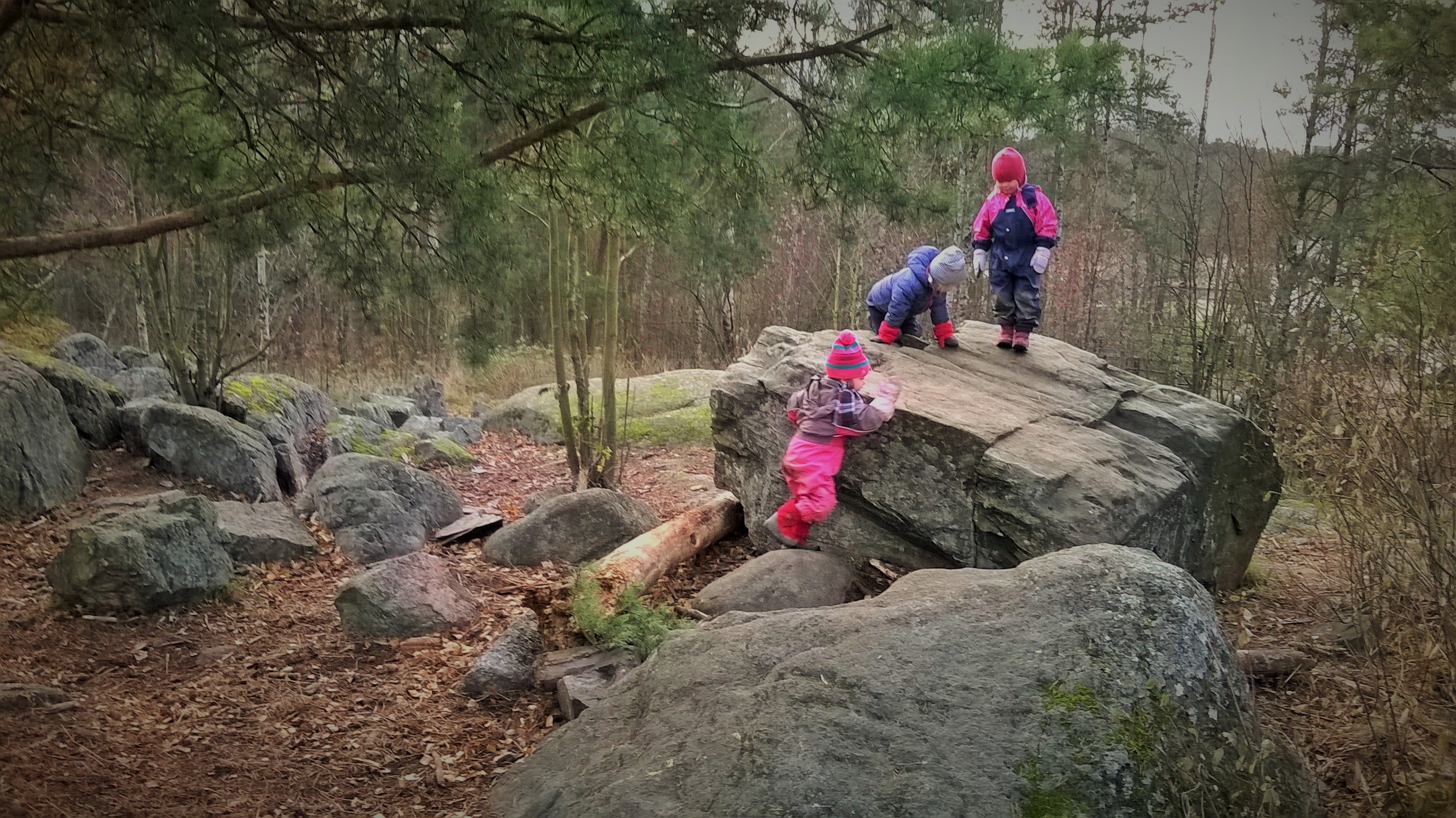In Finland, there are all together more than 40 Waldorf kindergartens, known there as Steiner kindergartens, and preschool groups attended by more than 800 children.
Steiner kindergartens provide care for children from one to six years of age. Most of these are independent institutions, founded through a supporting association. Some work together with nearby Waldorf schools. In Finland, children enter school at the age of seven. Children may attend the year prior to the first grade, known as the “preschool year,” at either a school or in a kindergarten that offers a preschool year.
Collaboration. In Finland, Anthroposophical pedagogical activities lie in the hands of the national society for Steiner pedagogy, called “Suomen Steinerkasvatuksen liitto.” The society was founded to bolster the collaboration of Waldorf institutions.
Training. The Snellman-Hochschule in Helsinki offers a foundation year, followed by a three-year course of study to become either a class teacher or an early childhood teacher, which can conclude in an officially-recognized diploma. Practical experience is highly valued, especially in the early childhood training. Each semester, students are permitted to perform an apprenticeship training in a Steiner kindergarten, possibly also in a foreign country.
Early Childhood Pedagogy. The Finnish government assists families until their children are three years old. As a general rule, many kindergartens therefore accept children from the age of three. However, the need for childcare for children after the age of one is always growing, even in Finland. Therefore, many kindergartens are offering early childhood care, either in mixed-age groups, or in small groups only for children under three years of age.
Current Challenges. All Steiner schools and kindergartens are private institutions. However, they are partially co-financed by the Finnish government, as long as they comply with certain guidelines and can provide requested accreditations. In Finland, Steiner pedagogy is recognized as an alternative form of education. Nonetheless, curricula must be adapted to the government framework, for instance, with documentation of anthroposophical methods and goals. This curriculum work has become very newsworthy at the moment in Finland. New curricula have been developed with intense collaboration from the anthroposophical community. An especially large challenge is, among other things, the theme of technology, and the requirement that it be used in kindergartens and schools. Luckily, the use of computers in Waldorf kindergartens and in the early elementary grades at Steiner schools is not a prerequisite of the new curricula.
A Look Back. Anthroposophy (“steinerpedagogiikka”) became well known in Finland in the middle of the twentieth century. In 1955, the first school was founded in the Finnish capital of Helsinki. Thereafter, many more schools were founded. Today there are 26, with approximately 5000 students. Development in the field of early childhood education began at the end of the 1960s, when the Steiner schools established preschool groups. The first kindergarten for children under age 7 was founded in 1972 in the southeast in Lappeenranta.
Special Geographic Features. Waldorf kindergartens can be found all over the country, from the southern coast of Finland all the way to the Lapland in the north. Not only can they be found in the nation’s big cities, but also in completely rural areas. Whether it be ocean, lake, forest, or field, the beautiful and intense Finnish countryside, with its colors, noises, and scents, is always present. The excellent countryside offers itself for play and movement possibilities. Additionally, the diversity of the different seasons has become an important aspect of the pedagogy. Throughout the year, the children spend a large portion of the day in the fresh air, in nature, playing in all kinds of weather – and it can be very cold in winter and quite wet in autumn. Indeed, the new awakening of spring, after the cold, dark winter, brings a bright, lively feeling. In this way, the seasonal festivals are wonderfully supported by the experience of each season.
Tina Iwersen is a Waldorf kindergarten teacher in Helsinki, lecturer at the Snellman Institute and a member of the IASWECE Council
Webpage of the Country Association
Webpage for Training Centers


